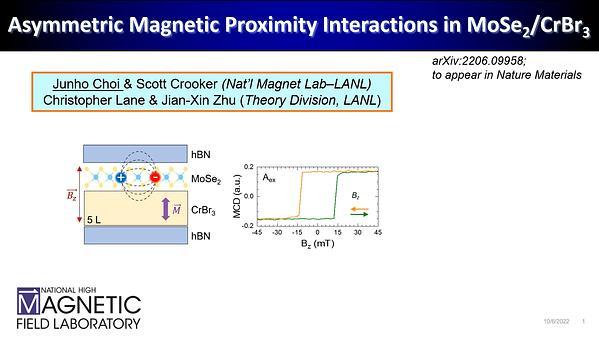
Premium content
Access to this content requires a subscription. You must be a premium user to view this content.

technical paper
Bistability in Dissipatively Coupled Cavity Magnonics
Dissipative coupling of resonators arising from their cooperative dampings to a common reservoir induces intriguingly new physics such as energy level attraction. In this
study, we report the nonlinear properties in a dissipatively coupled cavity magnonic system. A magnetic material YIG (yttrium iron garnet) is placed at the magnetic field node of a FabryPerot-like microwave cavity such that the magnons and cavity photons are dissipatively coupled. Under high power excitation, a nonlinear effect is observed in the transmission spectra,
showing bistable behaviors. The observed bistabilities are manifested as clockwise, counterclockwise, and butterfly-like hysteresis loops with different frequency detuning. The
experimental results are well explained as a Duffing oscillator dissipatively coupled with a harmonic one and the required trigger condition for bistability could be determined
quantitatively by the coupled oscillator model. Our results demonstrate that the magnon damping has been suppressed by the dissipative interaction, which thereby reduces the threshold for
conventional magnon Kerr bistability. This work sheds light upon potential applications in developing low power nonlinearity devices, enhanced anharmonicity sensors and for exploring
the non-Hermitian physics of cavity magnonics in the nonlinear regime.
References
1 H. Pan, Y. Yang and Z.H. An, arXiv:2206.01231 (2022)
2 P. Hyde, B. M. Yao, Y. S. Gui, Phys. Rev. B 98, 174423 (2018)

FIG. 1. (a) Illustration of the experimental setup, where a YIG sphere is imbedded in an assembly cavity. (b) Transmission coeffcient mapping of the hybridized cavity-magnon system. (c)
Dispersion relation of hybridized cavity and magnon mode, where points A and E indicate off-resonance, and point C indicates on-resonance, and points B and D indicate intermediate
frequencies. (d) The fixed field cut of transmission coeffcient mapping at the coupling condition.

FIG. 2 The jump position of field foldover hysteresis versus P at cavity frequencies (a) A, (b) B, (c) C, (d) D, (e) E. Purple (blue) circle symbols are experimental results of forward (backward) H field sweeping. The yellow and cyan solid curves are fitted. (f) The threshold for coherent and dissipative coupling system when off- and on-resonance. The threshold for coherent coupling is from Ref. 2.

